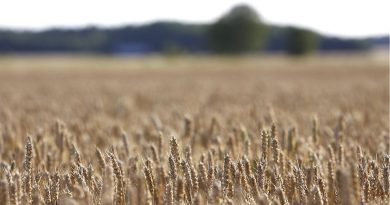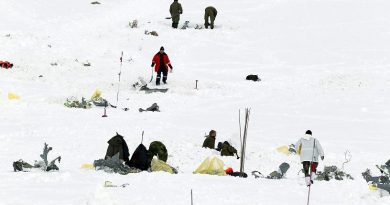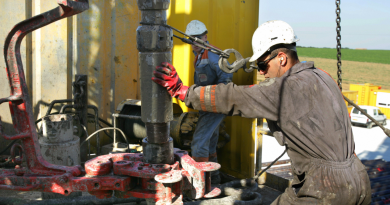VR project brings the realities of Arctic climate change in Canada to viewers
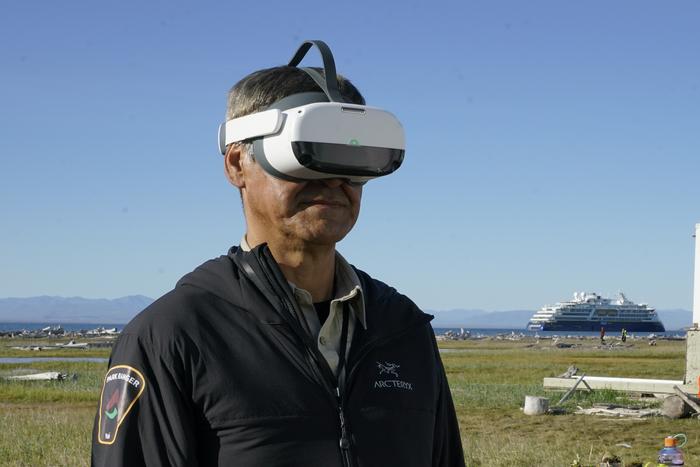
The team behind a prize-winning virtual reality project, which exposes viewers to the realities of Arctic climate change, says the technology can help people better understand the dramatic changes to the northern environment.
“The Arctic feels really far away for a lot of people, but it’s warming four times faster than the rest of the planet and impacts the global climate,” Isla Myers-Smith, from the University of British Columbia, the University of Edinburgh, and also a National Geographic explorer, told Eye in the Arctic in a phone interview.
“This [VR experience] can help people visualize that change, and how they want to respond to it.”
The project, Qikiqtaruk: Arctic at Risk, allows viewers to explore Qikiqtaruk (Herschel Island), located off the Arctic coast of Yukon in the Beaufort Sea.
‘More than dry numbers and projections’
The virtual environment was created using drone imagery, scientific data, and soundscapes the team recorded in the region. Narration is provided by Senior Park Ranger Richard Gordon and Myers-Smith.
The experience allows users to travel through time and experience the ground thawing, a settlement flooding and the encroachment of vegetation, and understand what climate change looks and feels like in way they wouldn’t just from reading an article or seeing a headline.
“This way, it’s not just dry numbers and scientific projections, but allowing people to see how the island has changed, as well as what it’s projected to look like 40 or 100 years from now,” Myers-Smith said.
The idea for the project was born during the pandemic, when fieldwork on the island was suspended.
Myers-Smith had been involved in a long-term research project looking at vegetation changes on the island which involved thousands of drone photos taken of the island’s tundra landscape over the last five-six years.
Those photos became the basis for the project and the team, made up of Myers-Smith, National Geographic Explorers Jeff Kerby and Martin Edström, senior park ranger Richard Gordon and Aurora Research Institute outreach coordinator Annika Trimble from Inuvik, hasn’t looked back since.
So far, they’ve brought the virtual reality project into schools across the North, and in June, the project won Best in Category: Visualize of 150 entries at the XR Prize Challenge: Fight Climate Change hosted by Augmented World Expo.
“I was pretty excited,” Myers-Smith said of the win, as well as the reaction viewers have had to the project in the North. “What’s really great, and that we’re really pleased with, is how much it appeals to different age groups: children, teenagers and adults all like it.”
Cultural significance of island
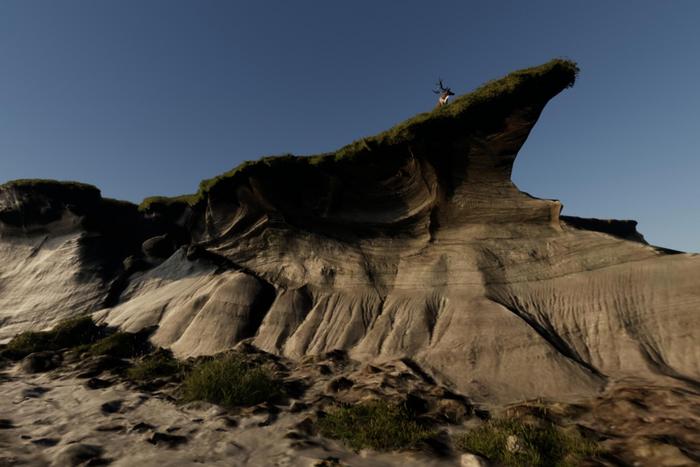
The island has important cultural significance to Indigenous communities in the region, but outside of freeze up, when it’s reachable by snowmobile, the island is only accessible by charter flights costing thousands of dollars, or a seven-hour boat ride.
For northern communities, the virtual reality project allows them to monitor the habitat in a way they wouldn’t be able to easily do otherwise.
“If you can’t go there each summer, it allows local people to monitor the changes and engage and think about the way they might want to manage those changes.”
The project is being rolled out to community members in the Northwest Territories’ communities of Inuvik and Aklavik this summer.
The release to the general public is scheduled at the end of the year.
The project was funded by the National Geographic Society and Meridian Treehouse.
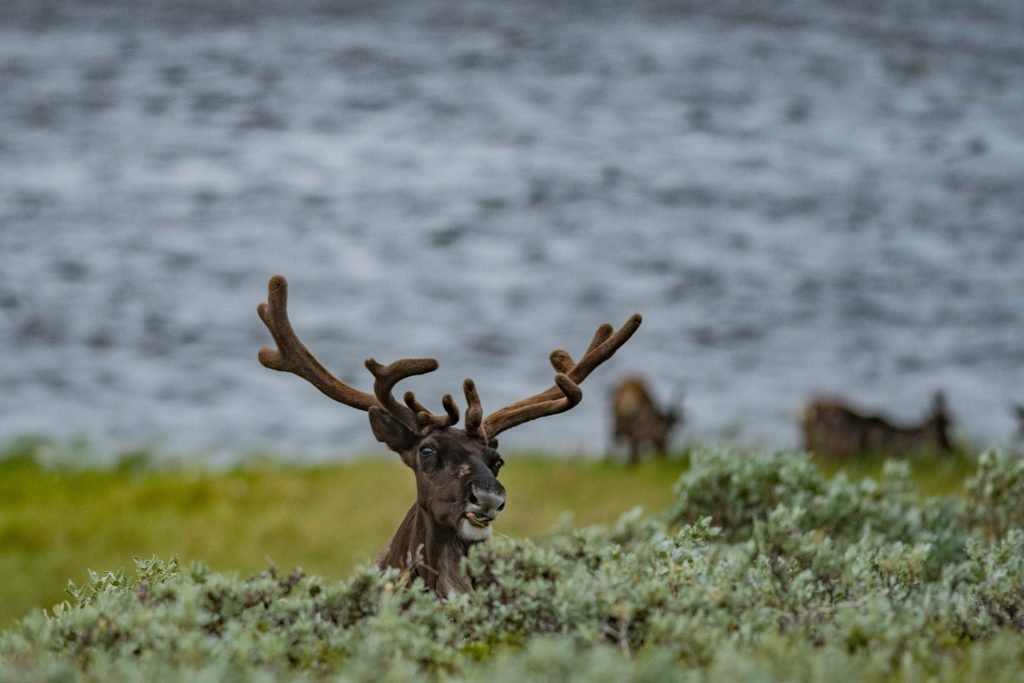
Importance of local and scientific partnerships
Myers-Smith says the rapidity of Arctic climate change can surprise even seasoned researchers like herself, but that there’s many reasons to be positive about the future.
“I’m optimistic because northern research is changing,” she said. “Integration between science and local communities means those perspectives are coming together more and more.
“That doesn’t stop climate change, but I think it allows everyone to better understand the changes that are taking place and how to better respond to them.”
Updates on the general release later this year will be posted on the team’s social media accounts: @teamshrub @jtkerby on Twitter and Instagram; and @martinedstrom @ivarstudios on Instagram.
Comments, tips or story ideas? Contact Eilís at eilis.quinn(at)cbc.ca
Related stories from around the North:
Canada: Hottest week on record ‘worrying news for planet’ says WMO, Eye on the Arctic
Finland: Unusually warm April weather, sunshine records in northern Finland, Eye on the Arctic
Greenland: COP27— Indigenous knowledge must be included in policy making say Inuit leaders, Eye on the Arctic
Norway: Heatwave hit Europe’s Arctic coast, The Independent Barents Observer
Russia: Russian Arctic coal is looking for way out of sanctions, The Independent Barents Observer
Sweden: High risk of wildfires in many parts of Sweden, including North, Radio Sweden

